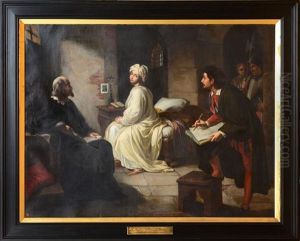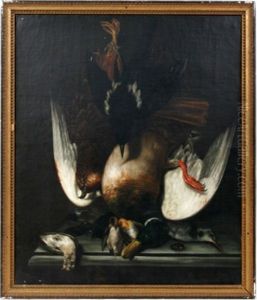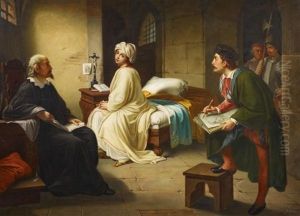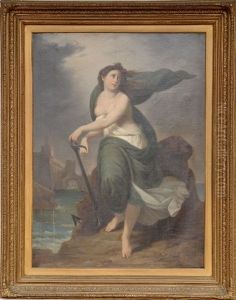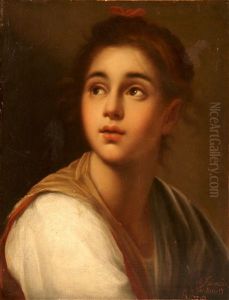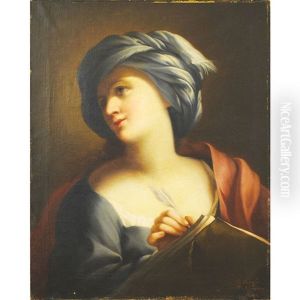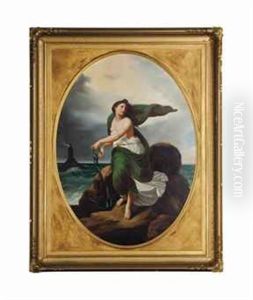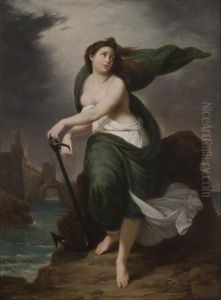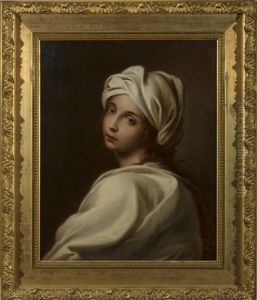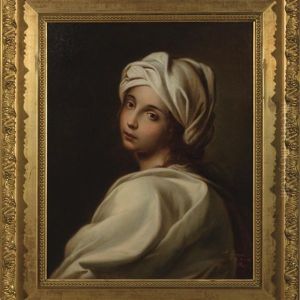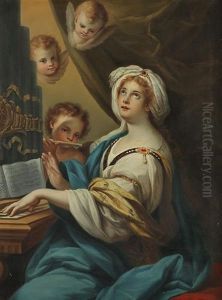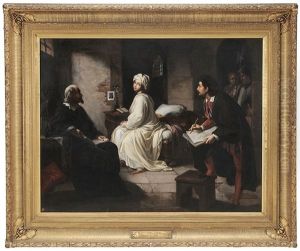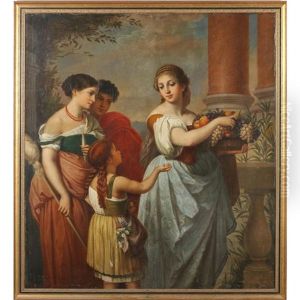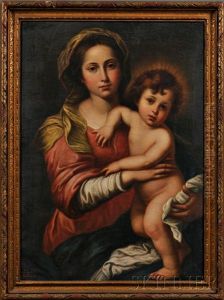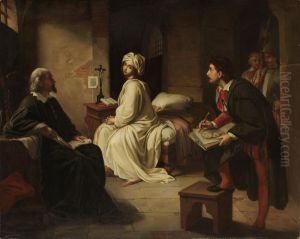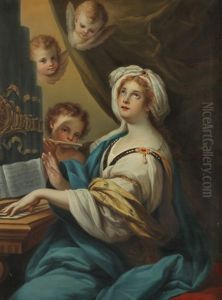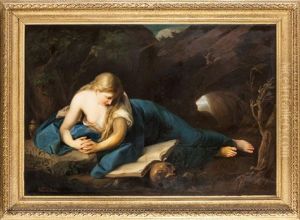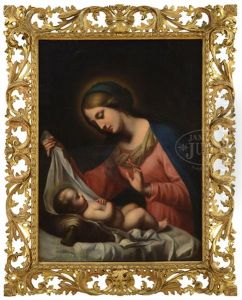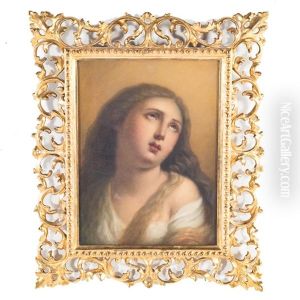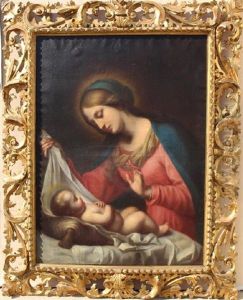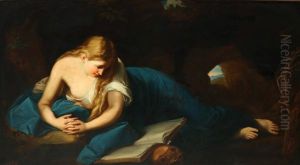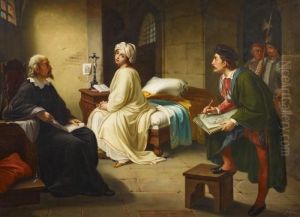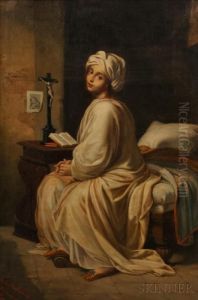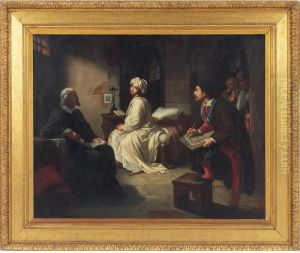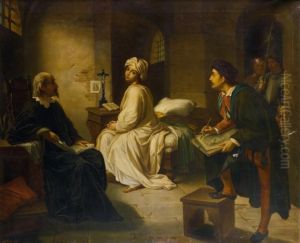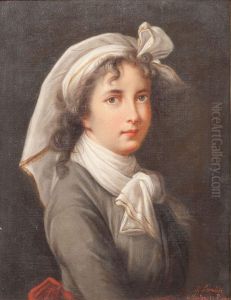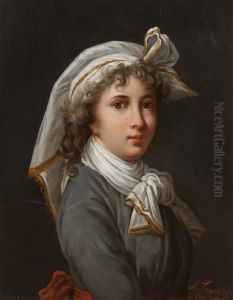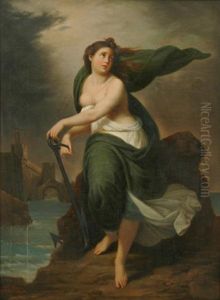Achille Leonardi Paintings
Achille Leonardi was an Italian painter known for his works in the Neoclassical and Romantic styles. Born in Naples in 1800, Leonardi was part of an artistic movement that sought to revive the grandeur of classical antiquity while also embracing the emotional intensity and individualism that characterized Romanticism.
Leonardi's training began at the Real Accademia di Belle Arti in Naples, where he was influenced by the Neapolitan painting tradition and the works of the great masters of the Renaissance and Baroque periods. His education in the arts was comprehensive, and he quickly developed a strong command of drawing and painting techniques. Leonardi's early works were primarily religious in nature, reflecting the strong influence of the Catholic Church in the culture of Naples.
Throughout his career, Leonardi gained a reputation for his skillful execution and his ability to convey dramatic narratives through his art. He painted a variety of subjects, including historical scenes, mythological tales, and portraits of prominent figures of his time. His paintings were characterized by their vivid detail, vibrant colors, and dynamic compositions, which often conveyed a sense of movement and life.
Leonardi's work was well-received, and he was commissioned to create large-scale frescoes and altarpieces for churches and palaces in the region. His success as an artist was also marked by his participation in important exhibitions and his interaction with other artists and intellectuals of the period.
Despite his accomplishments, little is known about Leonardi's personal life, and many of his works have not been as widely studied as those of his contemporaries. Nevertheless, Achille Leonardi remains an important figure in the history of 19th-century Italian art. He died in 1870, leaving behind a body of work that continues to be appreciated for its beauty and historical value.
